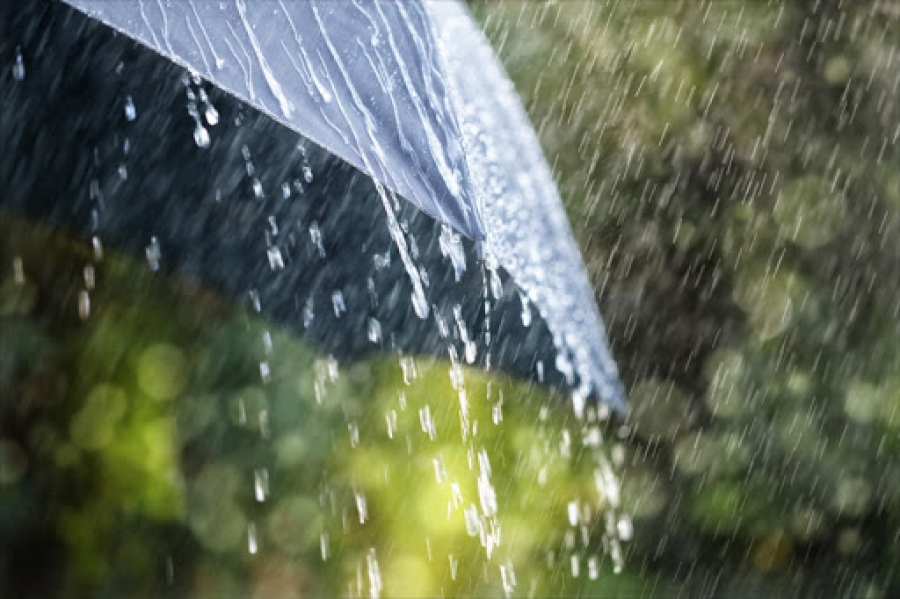Downpour brings relief to parched Rarotonga
Thursday 4 January 2024 | Written by Melina Etches | Published in National, Weather

The deluge of rain in the early hours of Wednesday morning brought relief to many households, who were pleased to see their water tanks filled to the brim.
The downpour, lasting over a couple of hours, also provided a sigh of relief to Rarotonga’s water agency, To Tatou Vai, which had been asking the public to conserve water following a dry spell.
According to Nathan Tisam, operational observer at the Cook Islands Meteorological Services, the rainfall collected around the island on Wednesday was significantly higher than the records from the “last bit of good rain” which was early last month (December 2023).
Tisam confirmed in Nikao the station recorded 32.4 millimetres of rain, while out in the countryside of Titikaveka over double the amount of rainfall was collected, amounting to 73.6mm.
The last bit of good rain Rarotonga had experienced was on December 4, 2023, when only 20.4mm of rainfall was collected.
Tisam explained: “We are currently experiencing the El Niño period and more dry spells are expected.”
He urged people to continue conserving water.
Rarotonga’s water authority, To Tatou Vai (TTV), has been urging the community and tourism operators to conserve water, after receiving information that some resorts were refilling their swimming pools last month.
TTV emphasised last week that this practice was unacceptable considering the island’s current low water intake situation.
The water authority had also explained that the low to no water pressure situation some locations are experiencing across the island, especially inland, back road districts, and on elevated ground, is due to the lack of water in the system.
Prior to yesterday’s rainfall, TTV’s water catchments were only producing around 65 per cent of their capacity.
Meanwhile, according to the World Meteorological Organization, the ongoing El Niño event is expected to last at least until April 2024, influencing weather patterns and contributing to a further spike in temperatures both on land and in the ocean.
El Niño is expected to fuel further temperature increases, and its impacts will continue into 2024. It will exacerbate extreme weather and climate events, like heatwaves, floods, and droughts, the World Meteorological Organization said.
El Niño means warmer water spreads further and stays closer to the surface, reported the British Broadcasting Corporation (BBC). This releases more heat into the atmosphere, creating wetter and warmer air.














































